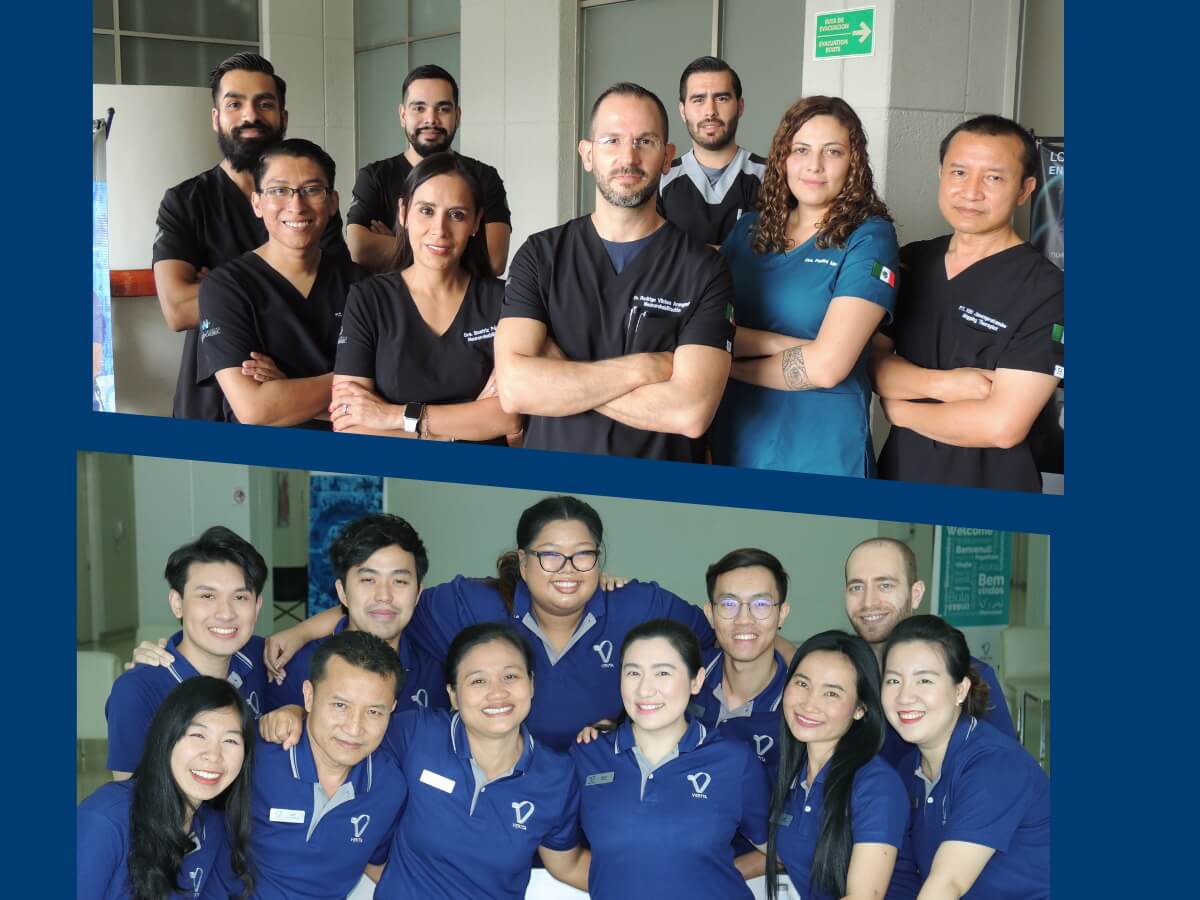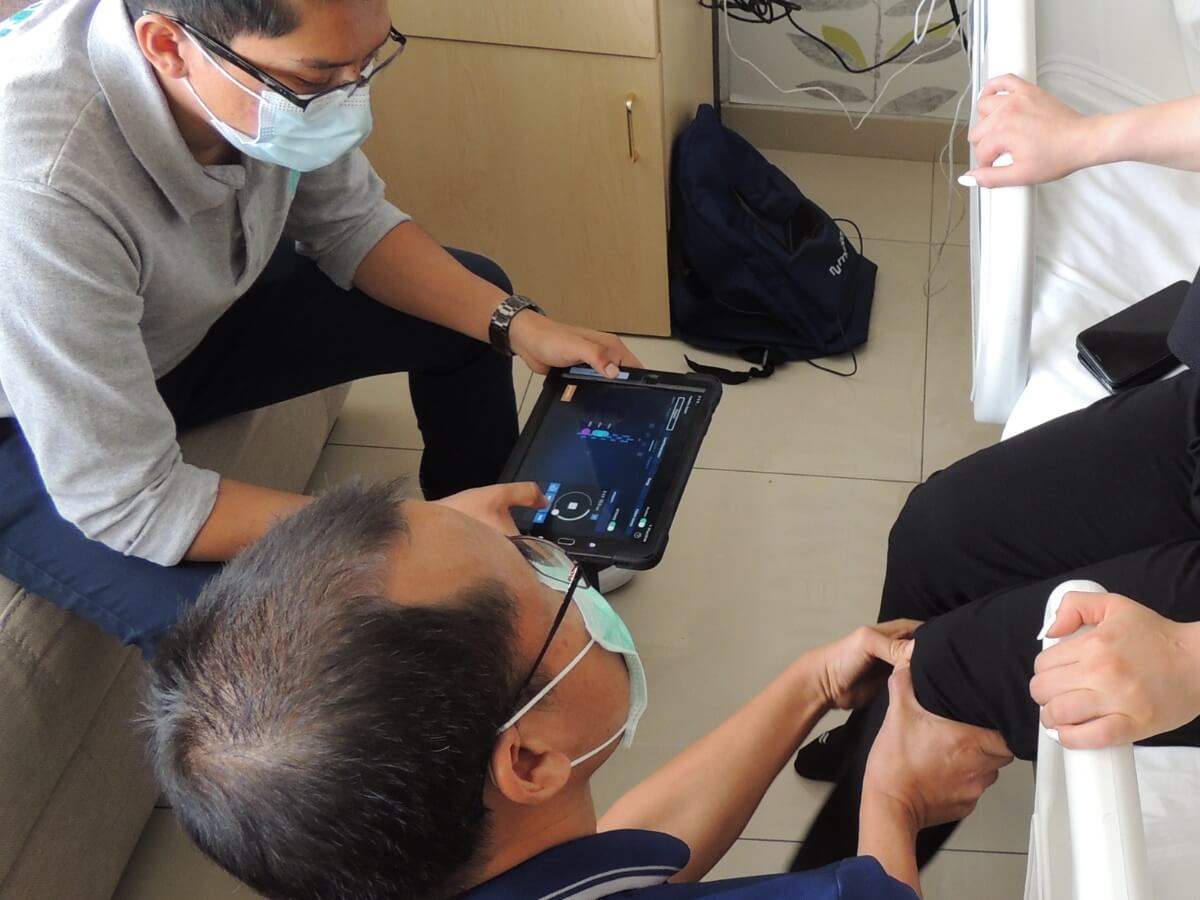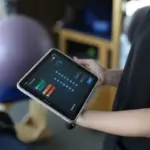Epidural stimulator mapping is a technique currently being pioneered commercially by Verita Neuro. The process enables epidural stimulation, a therapy traditionally used for chronic pain management, to become a revolutionary treatment for spinal cord injury (SCI). Spinal cord injuries are the result of damage to the tight bundle of cells and nerves that send and receive signals between the brain and the rest of the body. SCI can be caused by direct injury to the spinal cord itself or from damage to the tissue and bones, or ‘vertebrae’, that surround the spinal cord. This damage can result in temporary or permanent changes in sensation, movement, strength, and body function below the site of injury. SCI disrupts the communication between the spinal circuitries inside the spinal cord, the brain and other important structures, often resulting in motor and sensory deficits.
Epidural stimulation, in combination with extensive rehabilitation, has been reported to restore volitional movement in both motor complete and incomplete SCI patients. Implantation of epidural stimulation electrodes over the spinal cord, above the injury level, has been reported to restore supraspinal control over motor function below the level of injury. Patients also see improvements in cardiovascular function, sexual function, and bowel & bladder function.
Epidural stimulation, in combination with extensive rehabilitation, has been reported to restore volitional movement in both motor complete and incomplete SCI patients. Implantation of epidural stimulation electrodes over the spinal cord, above the injury level, has been reported to restore supraspinal control over motor function below the level of injury. Patients also see improvements in cardiovascular function, sexual function, and bowel & bladder function.
What is Mapping?
After the surgery to implant the stimulator, Verita Neuro’s specialist physiotherapists begin the epidural stimulator mapping technique. This involves programming of the stimulator, with the goal of achieving voluntary contraction and movement of major muscle groups. The process is performed under the supervision of a medical Doctor, so that the patient’s response can be monitored and to ensure the patient’s safety.
There is also a team of mapping physiotherapists and nurses working with the patient during the session. The mapping is combined with advanced rehabilitation approaches. Task-specific training focuses on re-engaging the spinal circuitries below the level of injury to recover the lost motor functions, with the goal of increasing patient independence.
The electrical pulses emitted by the stimulator activate motor neurons, which allows the neural network inside the spinal cord to be controlled by the patient. This control allows them to regain the ability to contract and relax their muscles.
There is also a team of mapping physiotherapists and nurses working with the patient during the session. The mapping is combined with advanced rehabilitation approaches. Task-specific training focuses on re-engaging the spinal circuitries below the level of injury to recover the lost motor functions, with the goal of increasing patient independence.
The electrical pulses emitted by the stimulator activate motor neurons, which allows the neural network inside the spinal cord to be controlled by the patient. This control allows them to regain the ability to contract and relax their muscles.
Some of the functional movements include knee extensions, hip flexions and trunk control.These movements and increased strength eventually translate to functional patterns of movement. These patterns allow patients to more independently perform daily tasks such as eating or drinking. They will also make supported tasks, such as transfer, easier due to improved trunk control. With support from equipment, patients will also stand and take steps.
Why does epidural stimulator mapping require specialists?
The work of the mapping therapists is delicate. With their support, patients ‘re-teach’ their body about the connections between their brain and muscles. It is their role to find the right muscles and tweak the level of stimulation running through the electrodes, which allow patients to voluntarily activate muscles appropriately. Adjusting these levels is a delicate process. If the stimulation is too high, the muscles will move hyperactively and it will not be controlled movement. If it is too low, the muscles won’t move, or only move slightly. This work is known between the team as “fine tuning”. It requires specialist training and experience, with Verita Neuro’s team making up the most experienced team in the world in this field.

Once the right movement and strength is found a ‘program’ is created with the stimulation device. Patients have access to 12 programs, which are all entirely tailored to their body, muscles and needs. Once these programs are created, the physiotherapists work with patients to maintain and promote the patient’s remaining abilities and improve their newly regained abilities. The patients receive physical and occupational therapy, from therapists experienced in working with spinal cord injury patients.
References
- Goetz LL, Klausner AP. Strategies for Prevention of Urinary Tract Infections in Neurogenic Bladder Dysfunction. Phys Med Rehabil Clin N Am. 2014;25:605–618.
- Cardenas DD, Hooton TM. Urinary tract infection in persons with spinal cord injury. Arch Phys Med Rehabil. 1995;76:272–280.
- Esclarin DRA, Garcia LE, Herruzo CR. Epidemiology and risk factors for urinary tract infection in patients with spinal cord injury. J Urol. 2000;164:1285–1289.
- Grabe M, Bishop MC, Bjerklund-Johansen TE, et al. Peri-operative antibacterial prophylaxis in urology: guidelines on the management of urinary and male genital tract infections. Arnhem, The Netherlands European Association of Urology; 2008: 90- 100.
- Gürbüz B, Güner B, Atis G, et al. Are prophylactic antibiotics necessary for urodynamic study? Kaohsiung J Med Sci. 2013;29:325–329.
- Bennett JK, Gray M, Green BG, Foote JE. Continent diversion and bladder augmentation in spinal cord injured patients. Semin Urol. 1992;10:121–132.
- Waites KB, Canupp KC, Brookings ES, DeVivo MJ. Effect of oral ciprofloxacin on bacterial flora of perineum, urethra, and lower urinary tract in men with spinal cord injury. J Spinal Cord Med 1999;22(3):192–8







